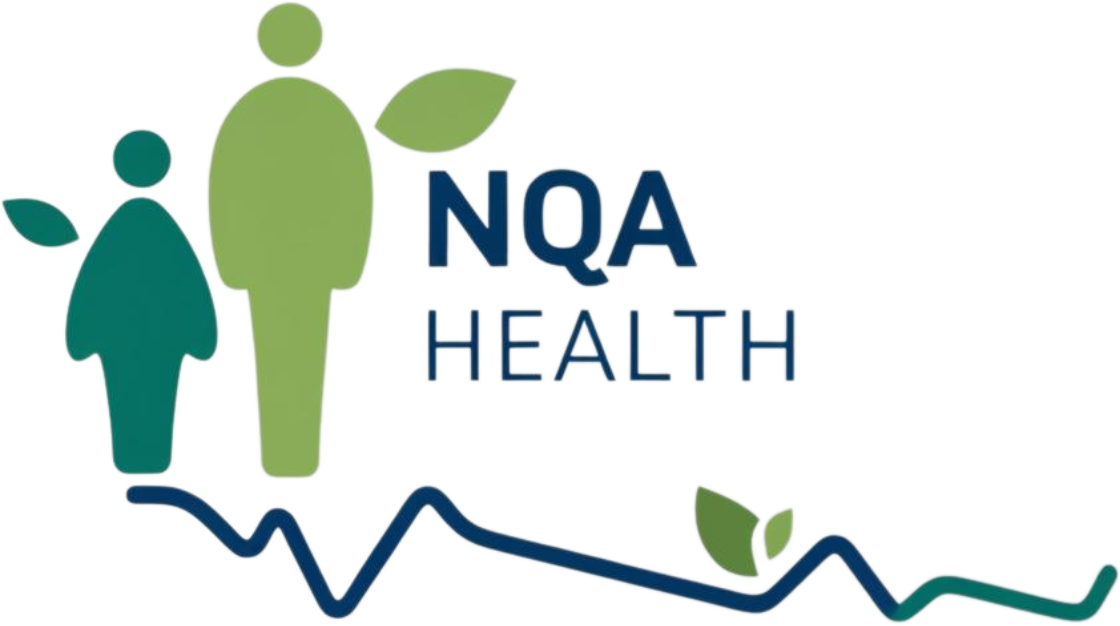Introduction: What Is MBSR and Why It Matters
When life feels like it’s happening faster than you can keep up with — your thoughts racing, your shoulders tense, your patience thin — it’s often a sign your nervous system is overwhelmed. That’s where Mindfulness-Based Stress Reduction (MBSR) comes in.
Originally developed by Dr. Jon Kabat-Zinn, MBSR is a structured, evidence-backed program that blends mindfulness practices with body awareness to help people cope with stress, pain, and difficult emotions. But you don’t need to enroll in an 8-week course to start using its tools. In this post, you’ll learn what MBSR is, how it works, and simple ways to start integrating it into your everyday life — no pressure, just presence.
What Is Mindfulness-Based Stress Reduction (MBSR)?
MBSR is a mindfulness training program designed to help people reduce physical and emotional stress. It combines various techniques, including:
- Body scans – Systematically bringing attention to different parts of the body
- Mindful breathing – Paying close attention to the breath to anchor awareness
- Gentle movement – Often through slow, mindful yoga or stretching
- Sitting meditation – Observing thoughts and sensations without judgment
It’s not about eliminating stress, but changing your relationship to it. Through regular practice, MBSR helps you respond rather than react — creating space between you and your stressors.
Benefits of MBSR Backed by Research
Studies have shown that MBSR can significantly improve both physical and psychological well-being. Some of the most consistent benefits include:
- Lower perceived stress levels
- Improved emotional regulation
- Reduced symptoms of anxiety and depression
- Better sleep quality
- Improved focus and attention
By training your brain to be more present, MBSR can help ease chronic tension, reduce overwhelm, and create a more grounded baseline — especially when practiced consistently over time.
Simple MBSR Practices You Can Try Today
You don’t need a formal program to start incorporating the core ideas of MBSR into your daily routine. Here are a few ways to begin:
1. The 3-Minute Breathing Space
This micro-practice helps you pause and check in with yourself, especially during stressful moments.
- Minute 1: Notice what’s happening — thoughts, feelings, body sensations
- Minute 2: Bring attention to your breath and follow each inhale and exhale
- Minute 3: Expand awareness to your whole body and surroundings
It’s a great way to reset when you feel reactive, anxious, or disconnected. And if you’re looking for a deeper dive into how breathing supports your nervous system, check out our guide on deep breathing for stress relief.
2. Body Scan at Night
Before bed, try a slow body scan — moving your awareness from your toes to your head, observing without trying to change anything. This practice can calm your nervous system and help with sleep.
3. Mindful Movement
You don’t have to do yoga. Even stretching your arms with awareness or taking a walk without your phone can count. The key is moving while noticing how your body feels — tension, breath, energy — and softening into each movement.
4. Noticing and Naming
Throughout your day, take short pauses to notice what you’re feeling and name it silently: “tension,” “rushing,” “restlessness.” This builds self-awareness and helps regulate emotion.
Tips for Starting an MBSR-Inspired Routine
Getting started doesn’t have to be overwhelming. Here are a few gentle suggestions:
- Start small: Try 2–5 minutes of one technique a day
- Pair it with an existing habit: Like a morning coffee or lunch break
- Use audio guidance: Search for MBSR body scans or breathing practices
- Practice without judgment: It’s okay if your mind wanders — noticing it is the practice
Conclusion: Less Pressure, More Presence
Mindfulness-Based Stress Reduction is not about becoming perfectly calm — it’s about becoming more aware. With that awareness, you create room to breathe, to pause, and to meet stress differently.
By practicing just a few minutes a day, you can build a foundation of presence that helps you move through life with more steadiness and clarity — especially when things get tough.
Looking for other gentle tools for emotional regulation? Read our guide on mindfulness exercises from DBT to help you stay grounded when life feels overwhelming.
Mini FAQ: Mindfulness-Based Stress Reduction (MBSR)
Q1: Do I need to take a formal MBSR course to benefit?
A1: No — while the 8-week course can be helpful, you can begin practicing MBSR techniques like breath awareness and body scans at home without formal training.
Q2: How long should I practice MBSR each day?
A2: Even 5–10 minutes a day can make a difference. Consistency matters more than length.
Q3: What’s the difference between MBSR and regular mindfulness?
A3: MBSR is a structured program combining mindfulness, meditation, and body awareness to reduce stress. Regular mindfulness may be more informal or varied in approach.
Q4: Can MBSR help with physical symptoms of stress?
A4: Yes — research shows that MBSR can help reduce muscle tension, improve sleep, and ease symptoms like headaches or digestive issues tied to chronic stress.

